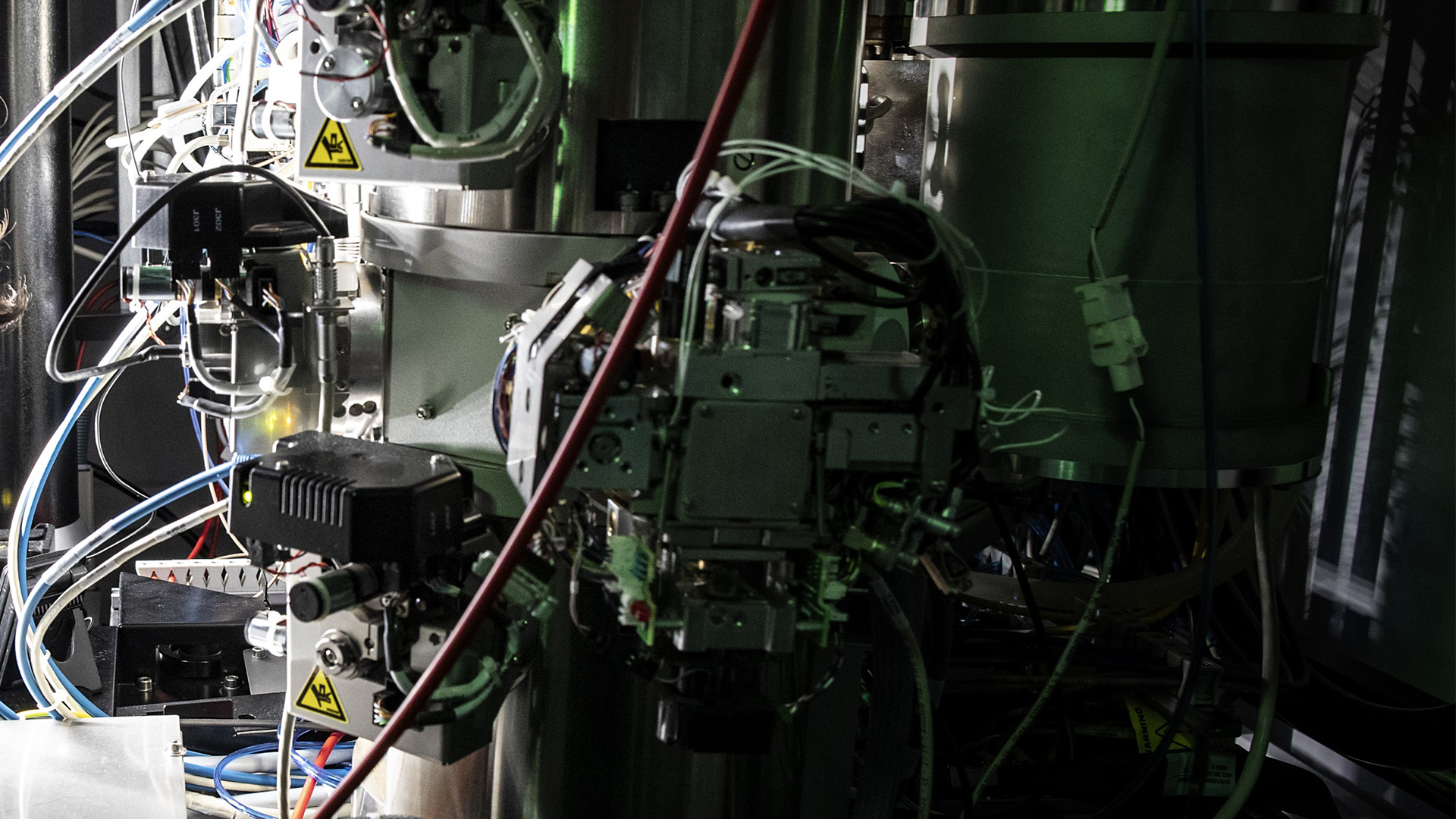Receptor-independent delivery of lipoproteins
Using cryo-EM and several other advanced imaging methods a group of international researchers, led by SciLifeLab Fellow Erdinc Sezgin, have studied the role of target lipid membranes in the transfer of cholesterol. The researchers believe that their findings could play a role in future therapies against dyslipidemia, when the patient has an abnormal amount of lipids in the blood, and cardiovascular diseases.
Cholesterol is a vital component of eukaryotic cells and comprises 30 to 40 percent of the cellular plasma membrane. It is also involved in many signaling events and shapes cellular architecture. Consequently, it is vital to have a broad understanding of cholesterol homeostasis in the body.
The process of how cholesterol is removed from the circulation and transferred from lipoprotein particles to cells involves high density lipoprotein (HDL), low and very low-density lipoproteins (LDL, VLDL). The role of their respective receptors in their interaction with the target surface is relatively well-understood. The role of the target lipid membrane itself in the transfer process has so far been largely overlooked, however.
“By using advanced imaging methodologies such as cryo-EM, AFM, spectral imaging and fluorescence correlation spectroscopy, we revealed that all three types of lipoprotein particles can integrate into the lipid bilayer and subsequently deliver their cargo in a receptor-independent manner”, says Erdinc Sezgin.
“Our results are of high importance for the fields of lipid biology, biochemistry and biophysics.”, he continues.
The ability of the lipoprotein particles to directly deliver their cargo to the target membrane can be exploited for therapeutic approaches against diseases such as familial hypercholesterolemia where the LDL-receptor cannot fulfil its function.
“For this reason, we believe this mechanism will be important for future therapies against dyslipidemia and cardiovascular diseases“, says Erdinc Sezgin.





